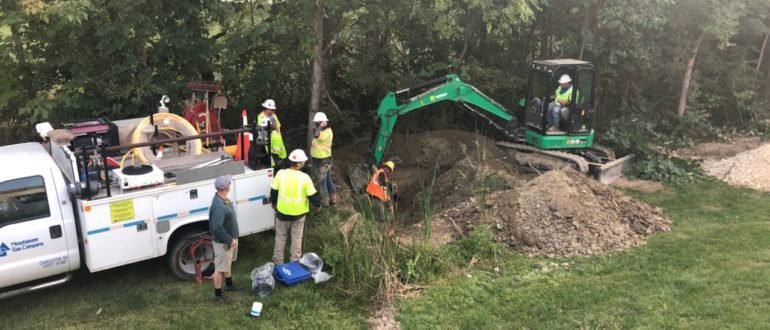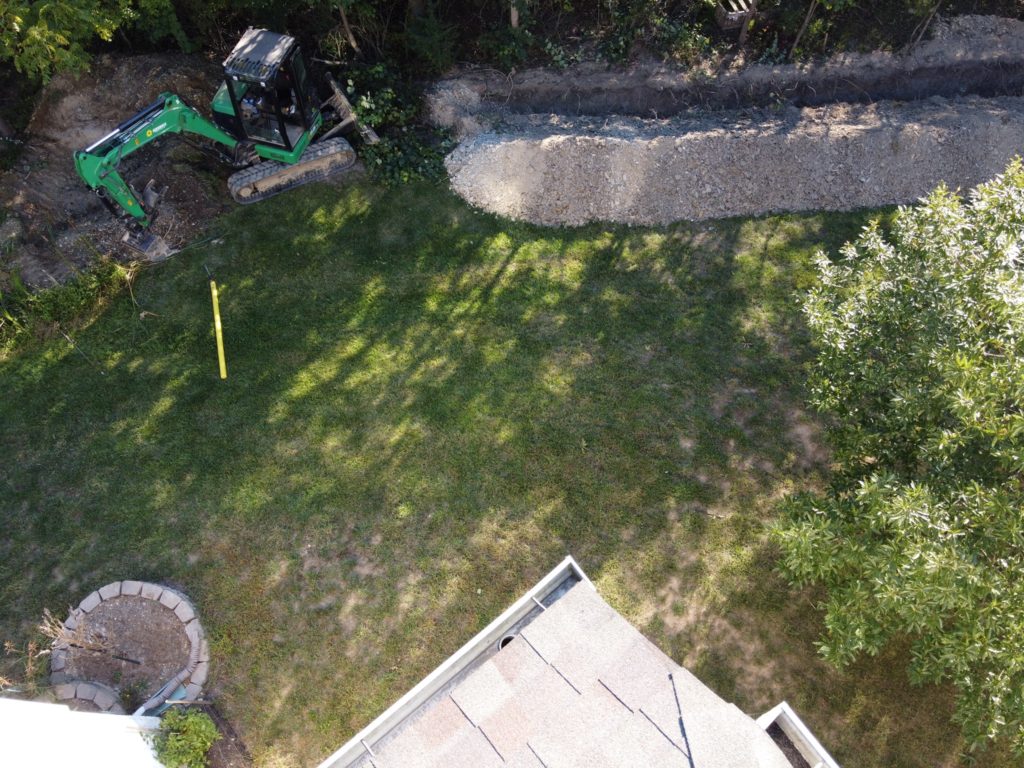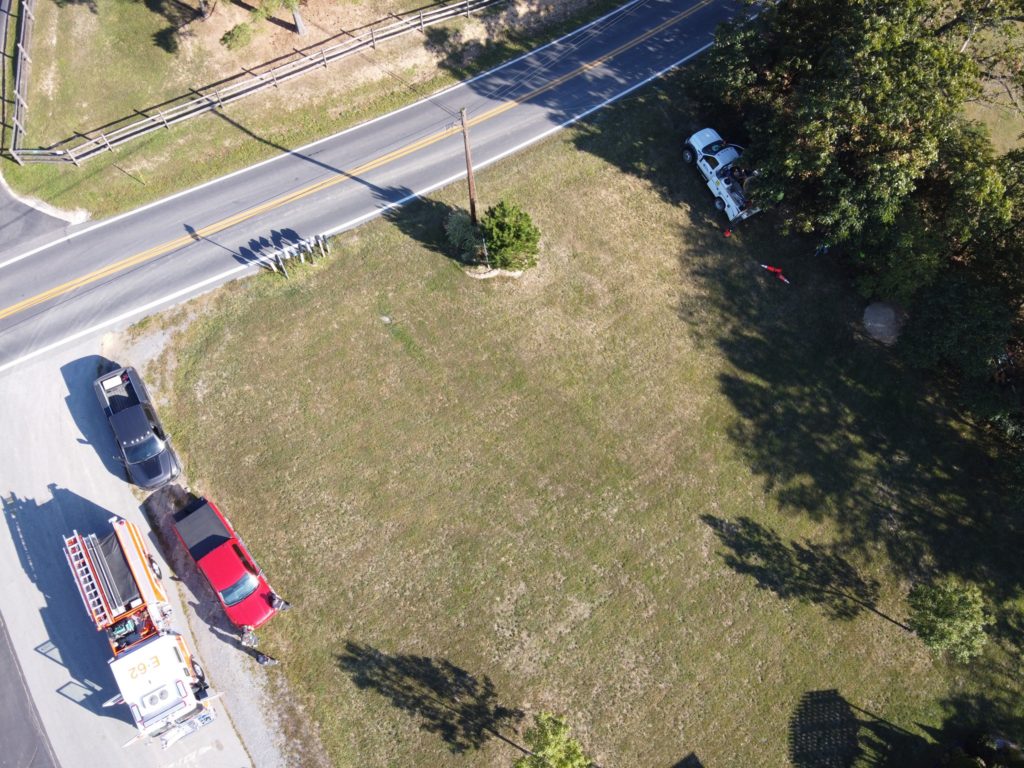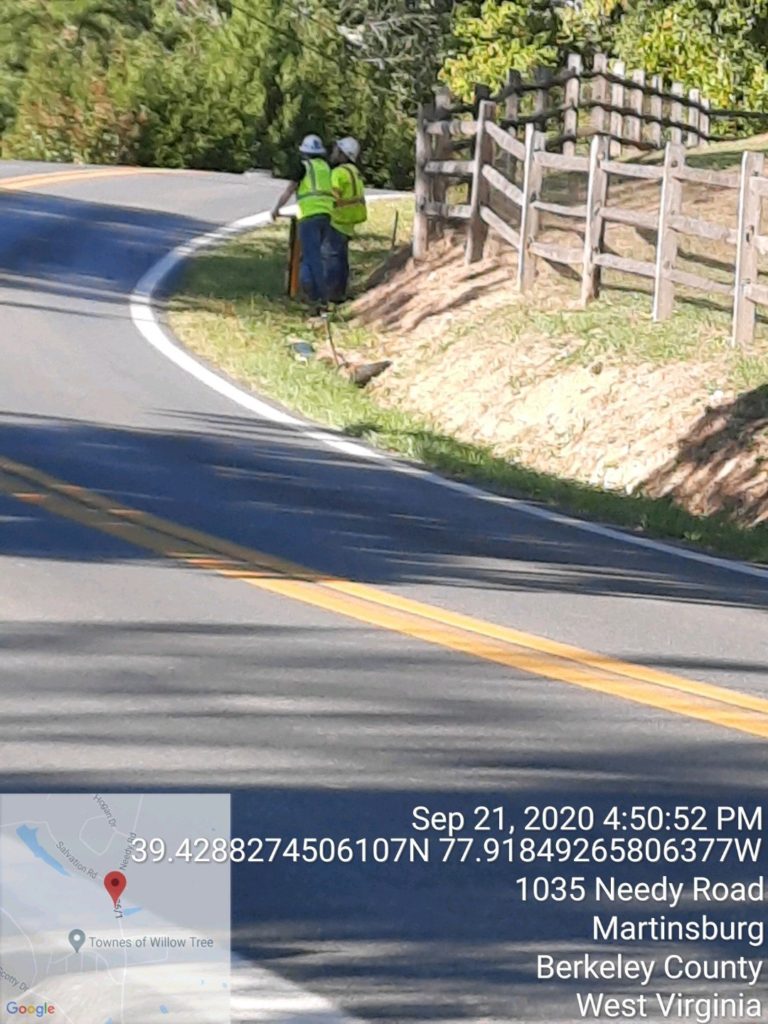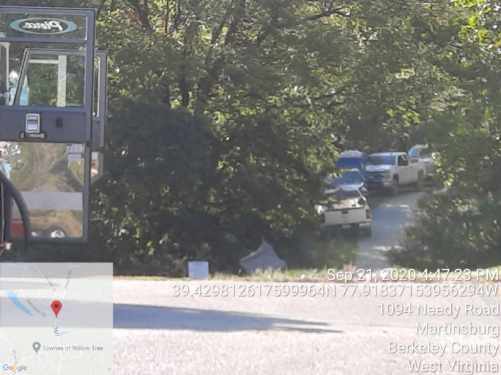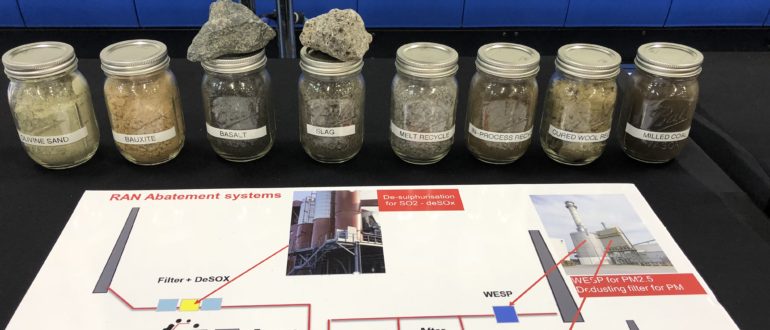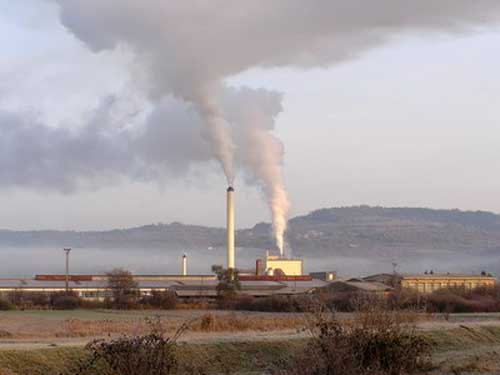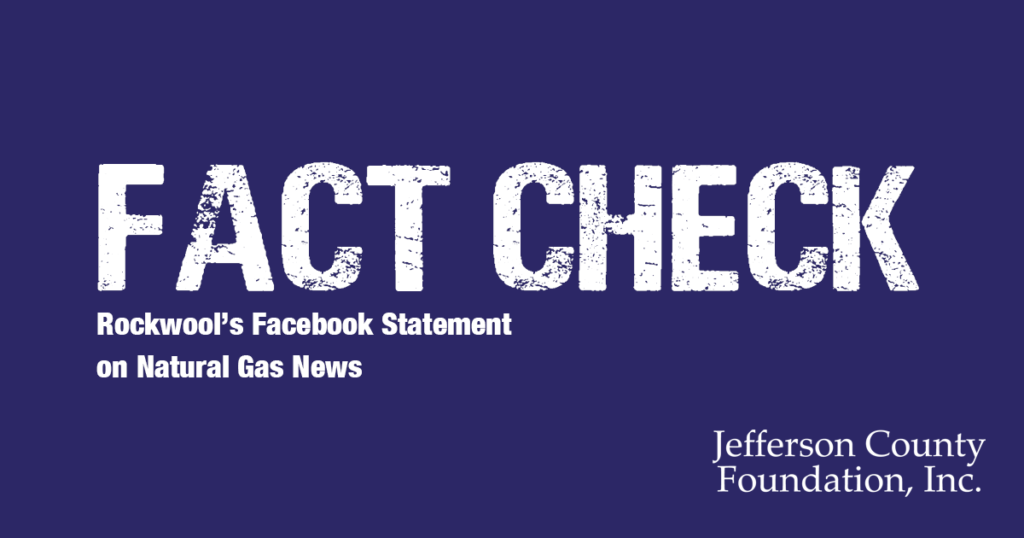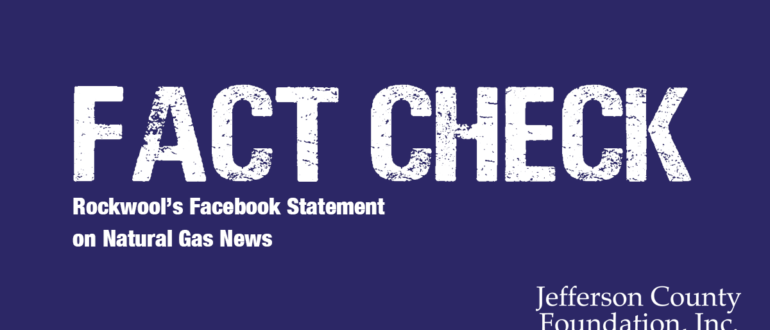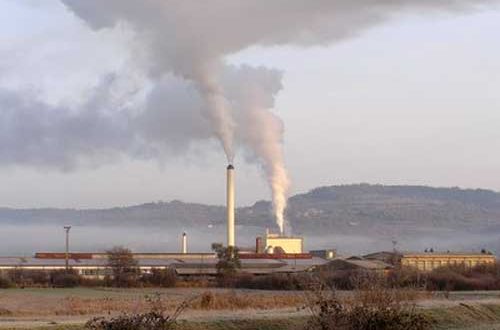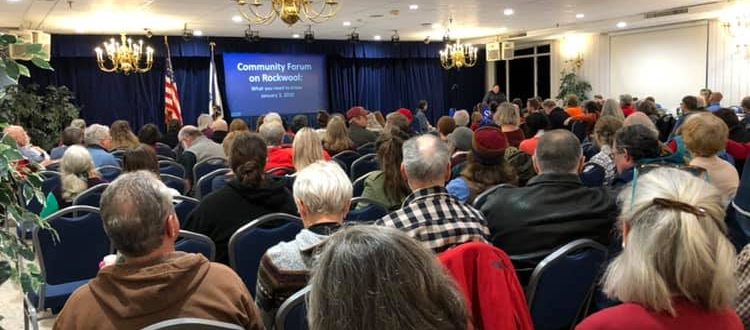Rockwool recently posted on their Rockwool Ranson Community Facebook page that they are “planning to start operations using natural gas instead of coal.” It’s interesting that they are only now talking about this since they notified the West Virginia Department of Environmental Protection in March of 2020. It has been 143 days. Why the long wait? Maybe it’s because Jefferson County Foundation wrote the DEP and the EPA on Wednesday, July 29 telling them that Rockwool needs to redo their air permit because of their change in operating parameters. Rockwool wants to have a shiny object to distract us from there are major issues here that need to be addressed.
Issues
- Rockwool and the DEP need to entirely re-do the BACT analysis with natural gas as the sole fuel source for the Melting Furnace.
- At minimum a Class II administrative change with public notice needs to be made for this modification or more appropriately an entirely new air permit.
- The DEP and Rockwool need to be transparent about this process including providing all the redacted information from the permit application to the public so the public may adequately evaluate the emission limits and BACT.
What Rockwool Said and What are the Concerns
In their statement from July 31, 2020, Rockwool states:
“That’s right – we’re planning to start up factory operations using natural gas instead of coal.
Converting from coal to natural gas for the melting furnace will significantly reduce the environmental impact of our operations – that’s great for Jefferson County and beyond.”
It is critical to note that Rockwool was planning to use coal not only to fuel the Melting Furnace, but as a raw material, also known as an in-process fuel. The Melting Furnace was meant to be powered by four oxy-fuel burners (natural gas) creating 23% of the energy and five coal burners (burning crushed powered coal) creating 77% of the energy (as measured by MW).1 But they were also using coal as raw material in the actual melting furnace.2 It seems they now plan that they intend to replace these five coal burners with oxy-fuel burners. Are they saying, they plan to use no coal in any process as raw material or fuel of any type – 100% no coal?
There is no way to know for sure, either from their letter or this statement.
The press needs to push: Is Rockwool 100% stopping the use of coal completely in all processes and all capacities? Or, will Rockwool continue to use coal in some capacity, just not to fuel those five burners for the Melting Furnace?
Rockwool states:
“We expect CO2 emissions from the melting furnace to decline by around 30 percent along with reductions in other emissions as well.”
What they don’t say is that the Carbon Monoxide (CO), a regulated emission in its own right, will increase significantly.3 And, what is more important is do they plan to appropriately abate with the Best Available Control Technology, which will actually produce more CO2?
The answer to this is unknown, because the DEP inappropriately accepted this as a Class I administrative change, instead of the Class II administrative change with public notice, this increase in regulated emission legally qualifies for. Rockwool needs to be required to redo the Best Available Control Technology (BACT) for the Melting Furnace. They need to choose BACT that is appropriate for this new emissions profile and have the EPA review it. Therefore, it would be best if they applied for an entirely new permit.
“Converting to natural gas also means less heavy truck traffic, as we will not need any coal deliveries – another win for Jefferson County and the environment.”
We agree! Thank you!
“And in case you’re wondering, Mountaineer Gas will supply the gas via the existing pipeline infrastructure, which is already completed and well-functioning. This conversion will not require natural gas truck deliveries to the factory.”
Wow, really interesting that they waited until the day after the FERC public comment was closed to say this!
Columbia Gas has recently applied for an extension of their Certificate of Public Convenience and Necessity (CPCN) for the Potomac Pipeline. This is a pipeline that will carry fracked gas from Pennsylvania to the Mountaineer Gas line in the Eastern Panhandle gas line extension, which will carry gas to Rockwool. The project was originally permitted in 2018 but was not constructed due to a legal battle with the state of Maryland. This pipeline will cross 19 streams, 10 wetlands, and the Potomac River, which supplies water to over 6 million people downstream of that point. Columbia Gas has always argued that the gas is needed in Jefferson County, i.e. by Rockwool. The Federal Energy Regulatory Committee (FERC) was accepting public comment until July 30 on the extension of the CPCN for the pipeline. If Rockwool had announced this information before the deadline, many of us would have used this information to argue that the gas line does not fulfill a public necessity.
Temporal coincidence?
“That we’re able to convert to natural gas is a result of the highly advanced, proprietary, fuel-flexible melting technology that we’re deploying here. To our knowledge, no one else in our industry has this capability.”
Rockwool is a very old product that has been replaced by products that do not require such environmentally unfriendly practices to make. Many will remember there was once a Rockwool plan there in Jefferson County but it went out of business before most of us were born. So, saying you are doing better than a dying breed is not saying much.
Also, if this is first of its kind technology, then the air permit is completely wrong! The air permit was based on the emissions “proportionally scaled down” from the Byhalia, Mississippi plant. Now we are to understand that the Byhalia plant does not even have the same type of furnace? This means the air permit must be completely redone.
“The air permit authorizing our operations allows for using both fuel sources – and it has always been part of the plan to eventually convert to natural gas for the melting process. We’re extremely pleased that we’re able to start up on gas, thus reaping the environmental benefits of doing so straight away.”
Actually, in the air permit application, Rockwool said that using only natural gas in the Melting Furnace was “technologically infeasible.” According to the Rockwool permit application: the use of only natural gas as a fuel would “fundamentally redefine the process of a coal/natural gas/oxy-fired Melting Furnace.” And in Rockwool’s BACT analysis for CO2e (greenhouse gases) from the Melting Furnace, natural gas as a fuel source instead of coal was specifically excluded, because it was said to be “technically infeasible.”
This means the DEP and Rockwool independently need to redo the BACT analysis for the Melting Furnace considering natural gas as the only fuel sources for the Melting Furnace. Now that Rockwool has admitted they can afford to use natural gas as the sole fuel source in the Melting Furnace and that it is technically feasible to do so. Rockwool should therefore be required to use only natural gas as a fuel source as it is the best available technology for containment of CO2e, and should not be allowed to revert to coal if and when they so choose.
Further, Rockwool’s BACT analysis of NOx for the Melting Furnace, because coal instead of natural gas was being utilized, Low-NOx and Ultra Low-NOx natural gas burners were not considered as a technically feasible option for BACT of NOx for that emissions source. Rockwool needs to be required to use them now.
By having first applied for an air permit and claiming it was technically necessary to operate with coal-burning technology, then at a later date substituting that with natural gas-only technology, Rockwool has avoided appropriate BACT analysis. In doing so, Rockwool achieved being permitted for far more emissions than are necessary for their process, and afforded themselves built-in leniency for their emissions. This kind of deception and disregard for our air quality cannot be tolerated. And certainly, should not be celebrated as some sort of altruistic sacrifice!
Click here to see a video tutorial on Rockwool’s Change in Operating Parameters
1 Rockwool application to Office of the State Fire Marshall for Varience, 4/10/18
2 Information presented at Rockwool Open House in 2018
3 Based on AP-42 – EPA Compelation of Air Emmision Factors and Process Information Standard Reference


